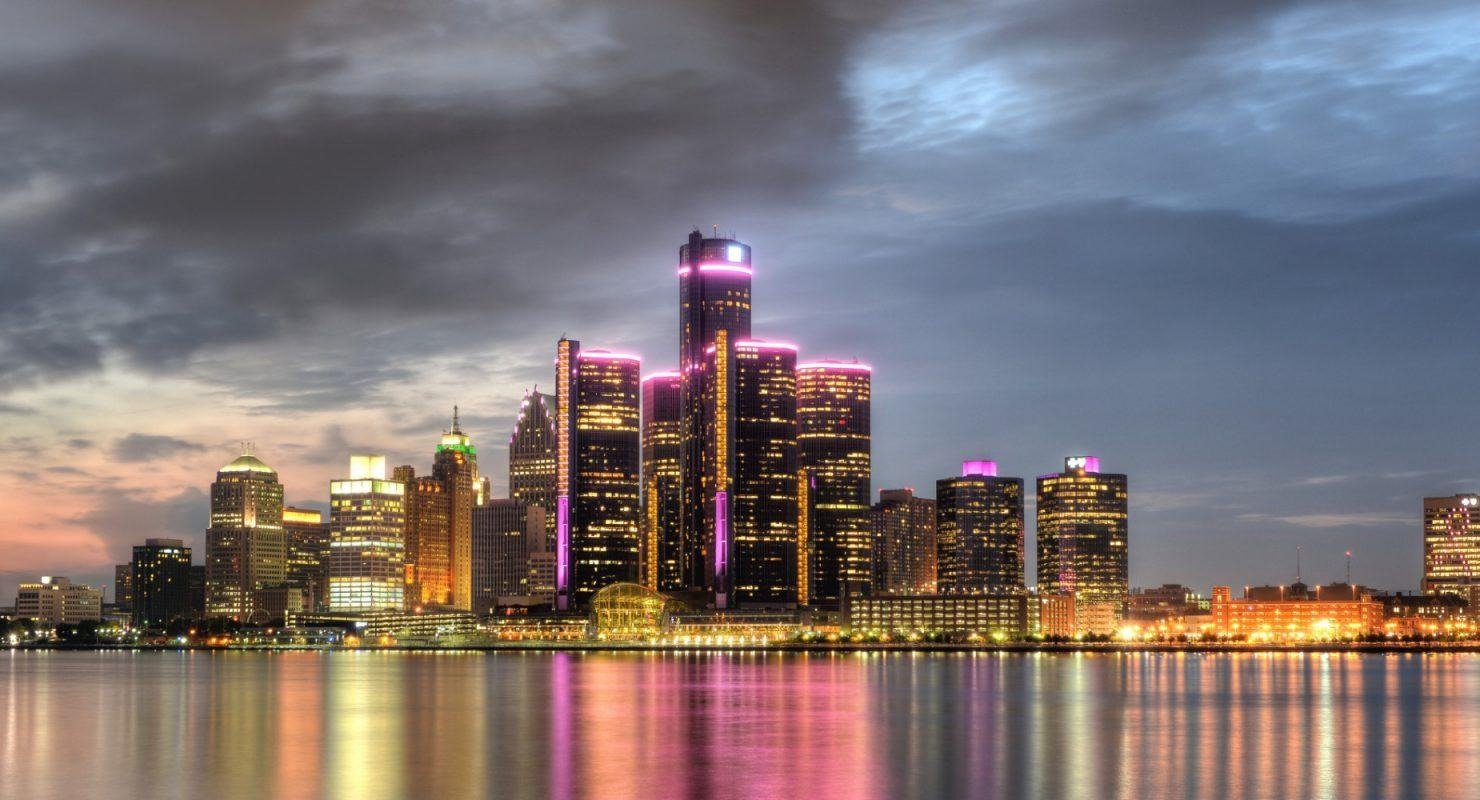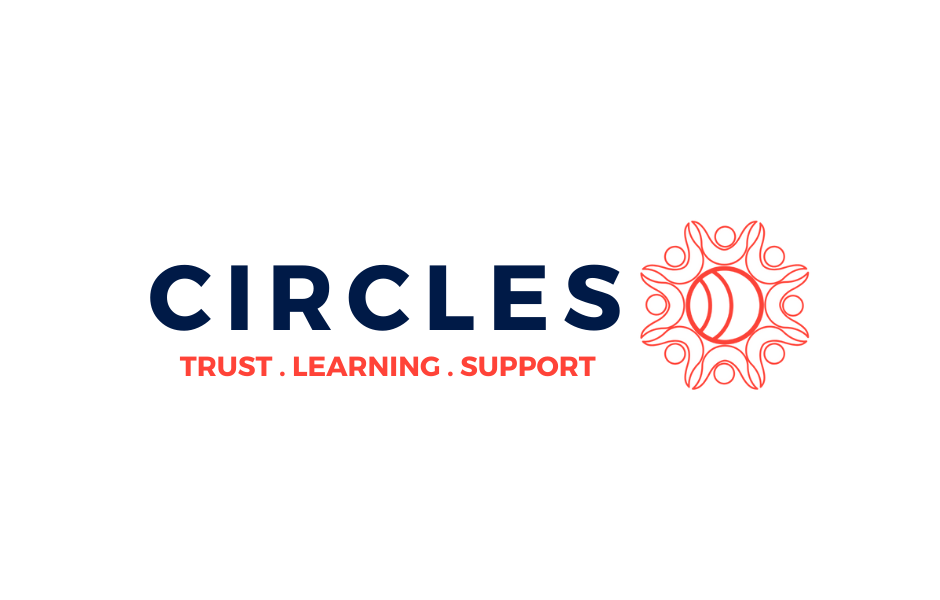Hiring, Retaining, & Inspiring Diverse Communications Teams
Colleen Flynn
Marketing Manager
Aspen Leadership Group
Tina Chong
VP of Communications
City Year
Angelique Grant
Senior Consultant & Certified Diversity Recruiter
Aspen Leadership Group
Key Takeaways:
Diversity in the workplace enhances creativity and improves the bottom line.
There can be inherent bias baked into the recruitment process.
Improve diversity in hiring process by filtering for inclusion in job descriptions.
Growing diversity doesn’t happen overnight.
Slide Deck:
Session Summary:
Recruitment doesn’t start and end with HR–there is a real and active role to play in the recruitment process in terms of hiring diverse communications teams. The biases that exist in recruitment retention remains the same and can be reduced by promoting diversity, equity, and inclusion. “Diversity is counting heads and inclusion is making heads count”
There are a number of benefits to promoting diversity in your organization. Diversity enhances creativity, facilitates breakthrough innovations, changes the way you think and improves the bottom line. Companies in the top quartile for racial and ethnic diversity are 35% more likely to outperform their respective national industry medians, and companies in the top quartile for gender diversity are 15% more likely to outperform industry medians as well.
How can organizations break out of homogeneity? CityYear recommends a close examination of your job descriptions. Does it have inclusive language? Is there flexibility with education requirements and office hours? Does the description showcase your mission and team? Is your job description inspiring?
Taking proactive steps to address these fundamental questions is key in promoting diversity in your organization. Connecting candidates to people who are similar to them creates an authentic hiring experience and promotes collaboration. Filtering for inclusion in job descriptions helps diversity tremendously.
Additional Notes, Quotes, and Interesting Points:
Women and minorities don’t do well in salary negotiations, be mindful of that in the hiring process.
If there’s only one woman (or minority) in your candidate pool, there’s statistically no chance she’ll be hired. However, if just one additional woman or minority is added to the candidate pool, the chances of a women or minority being hired dramatically increase.
Exercises or Questions Asked of the Audience:
How do you know whether or not your organization is diverse? Does everyone looks the same? Are there different cultural backgrounds? Who has decision making power? Is your leadership diverse? Are you able to be your authentic self and rise into leadership? Does everyone come from the same hiring pipelines?
Pair and share exercise—with a partner discuss some of your organization’s diversity recruitment challenges/opportunities (5 minutes)
Responses:
Expertise requirements limits hiring pool
Job expectations that require a set expertise alienates people with “transferrable” skills.
We are told to look into our own networks, and our networks may not be very diverse.
Physical accessibility and inclusion:
Lack of gender-neutral bathrooms
Merely the bare minimum for accessibility
Systematic problems in our industry.
Examples Provided:
EEO Statement vs. DEI Expression:
EEO Statement:
Our organization does not discriminate in employment on the basis of race, color, religion, sex (including pregnancy and gender identity), national origin, political affiliation, sexual orientation, marital status, disability, genetic information, age, membership in an employee organization, retaliation, parental status, military service, or other non-merit factor.
DEI Expression:
We are committed to diversity and building an inclusive environment for people of all backgrounds and ages. We are taking steps to meet that commitment. We especially encourage members of traditionally underrepresented communities to apply, including women, people of color, LGBTQ people, and people that are differently abled. We know there are great candidates who won’t fit everything we’ve described above, or who have important skills we haven’t thought of. If that’s you, please don’t hesitate to apply and tell us about yourself.
Experts in this Field:
Aspen Leadership Group, CityYear, Hispanics for Philanthropy
Resources & Tools:
Gender Decoder: http://gender-decoder.katmatfield.com/
Textio: https://textio.com/
Next Steps:
Change your recruitment strategies: Make sure there is representation throughout the hiring process and add inclusive language and flexibility for required skills and office hours. Consider the following question in your hiring process redesign—How diverse are your hiring panels? Do your job descriptions showcase your mission and team? Is diversity integral to your organization’s mission and prospectus?
Questions from the Audience:
Q: How do you get HR onboard and look outside of traditional hiring models?
A: Frame it as “what we are doing right now is not working” Ask your HR rep, “can I do a pilot project?” Once the project is done you can then promote its replicability.
These notes were captured by Hope Lenamon and have been reviewed by the presenters Colleen Flynn, Tina Chong, and Angelique Grant.



